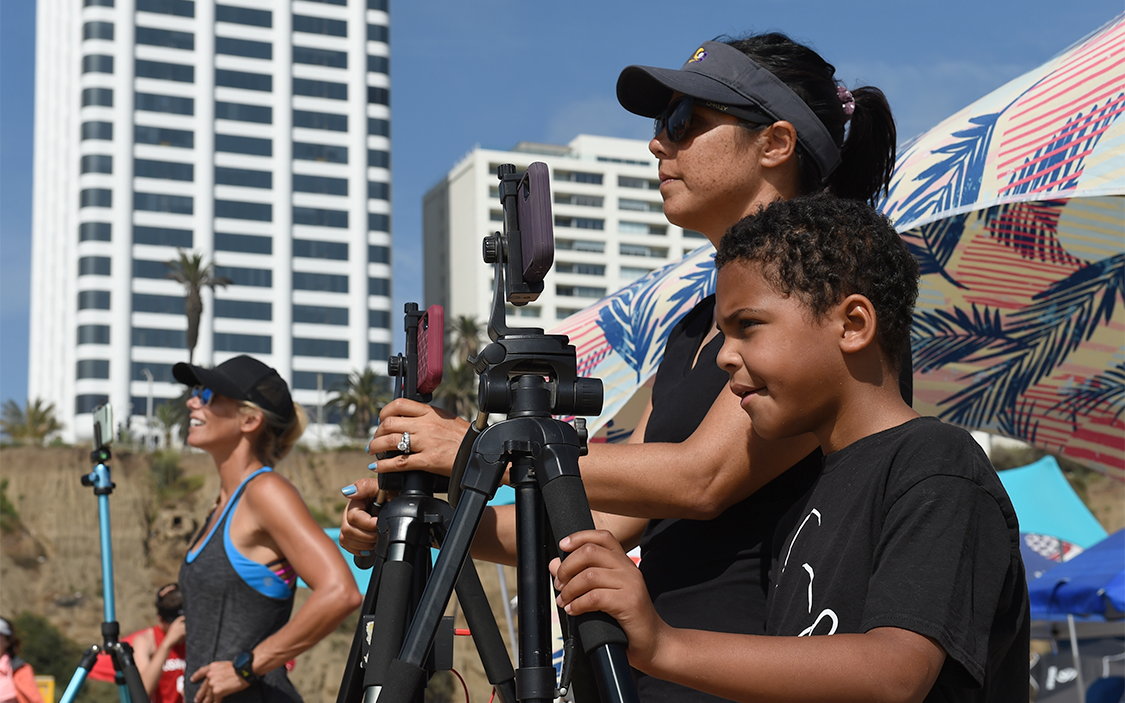
If photos are worth a thousand words, good photos are worth twice that. Compelling photography is perfect to help promote your club on social media, websites and other visual mediums. Before we discuss how to get great photography, let’s review what makes a good photograph.
What makes a photo great?
- In sharp focus
- Action is frozen
- Subjects look good AND have faces showing (plus a ball in action shots)
- High quality of photo (not too grainy, good lighting, etc.)
- Background isn’t distracting
These photos are meant to represent your club, so they should be as good as possible. Subjects should be bright and happy, uniforms should be intact and in place, and obvious playing errors should not be shown.
Want more information on the makings of a quality action photo? Indiana photographer Scott Richardson has a comprehensive writeup with examples on his blog.
How do I get great photos?
Knowing what makes a great photo is one thing, but how are you supposed to get them for your club? That’s the hard part, but it can be fun, too. There are two ways to get photos: have someone take them for you, or take them yourself.
Someone else takes photos
Having someone else take photos and give them to you has many benefits, especially if you don’t have much experience behind a camera:
- No need to buy an expensive camera
- Many people, professionals or not, have extensive photography gear and experience
- Can be cheap/inexpensive if parents/others are willing to share photos
- Frees you to perform other duties during matches/tournaments
Many organizations or clubs offer exclusive access to a photographer or two in return for sharing photos. Perhaps a parent in your club enjoys photography and will give you what they take, or maybe there’s an aspiring photographer in your community that wants portfolio shots and practice.
If you’re willing to get creative, you can find financially prudent ways to work with photographers.
Take photos yourself
You can also take photos for your club! This will require a decent camera and lens system, but the initial investment can be worth it. An easily accessible camera can mean more photos and more engaging photos since you could capture better behind-the-scenes content.
Here’s some technical aspects of a camera body to consider:
- ISO (the higher the ISO, the faster your camera is in low-light situations)
- Burst speed (how many photos per second it can take)
- Megapixel size (a bigger size means higher quality image files)
- Photo modes available (an action sports mode may help a beginner; more advanced photographers generally use manual)
And what to look for in a lens:
- Focal length (smaller focal lengths are wider, bigger focal lengths zoom in closer; a 16mm lens can take very wide shots while 200mm isolates a single player better . You’ll use both wide and short depending on the situation)
- Lowest aperture size (f/2.8 is ideal for shooting action. Think of it as f/2.8 has 2.8 things in focus while f/16 has 16 in focus. For action shots especially, you want this lower)
- Brand (many brands, especially the big ones like Canon or Nikon, only work on camera bodies of the same brand)
Hopefully this quick guide helps improve your club’s photographic identity. For more tips about photography or how to attract photographers, contact USAV Coordinator of Digital Media and Content Kyle Scholzen at [email protected].

